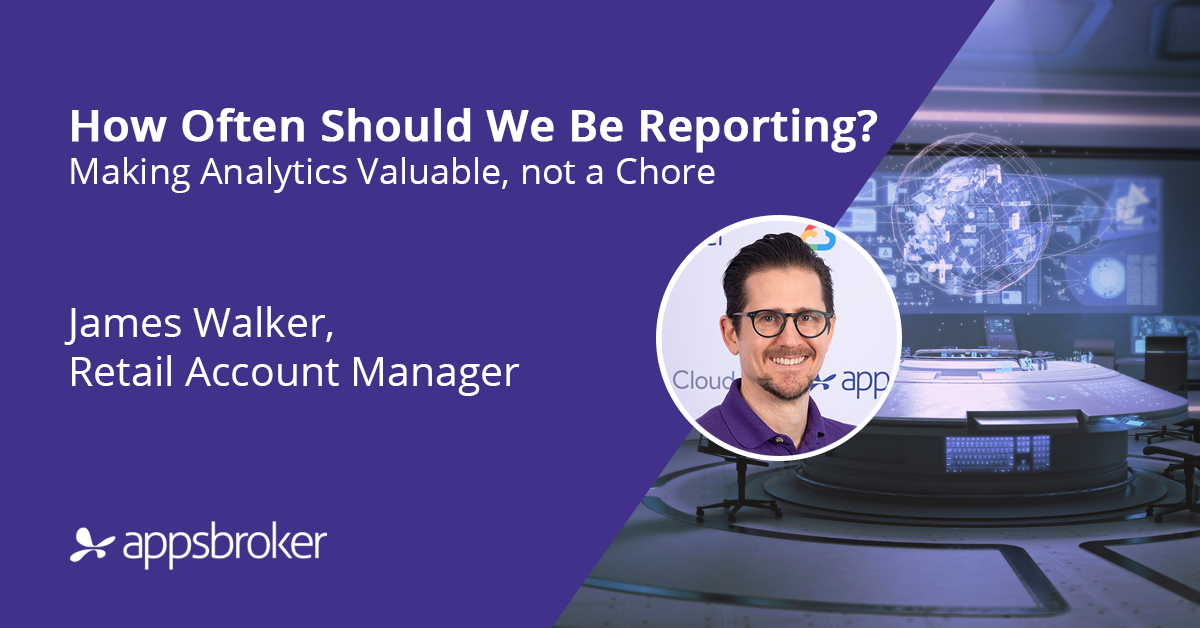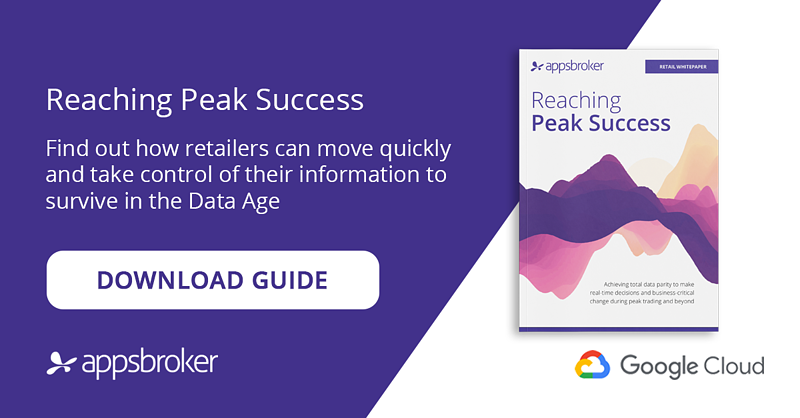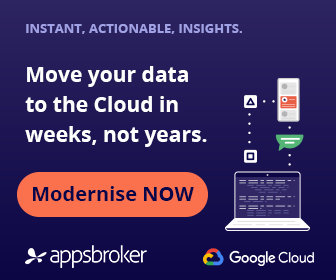We’re creating more data than ever before as part of our growing digital footprint. While this data creates a significant opportunity to learn more about how consumers interact with a business, it also presents challenges around capturing, leveraging and analysing information for data reporting. And as a result, businesses don’t do nearly enough of it.
“I need to do my monthly analytics report”
Many a marketer has been pulled into the often arduous task of compiling a monthly report – downloading multiple spreadsheets, splicing numbers and compiling into a consistent format for comparison with the previous month. Even those with the luxury of a data aggregation tool can spend significant amounts of time attempting to integrate with other sources and systems. And all this work often goes to very little, with reviewing said reports often bumped down the list of senior marketers and managers as they focus on their P1s. All these facets can make analytics reporting seem like a chore with no real value and certainly not anything to get the pulses racing.
Download the white paper, ‘The Road to Data Parity‘ today to discover how your organisation can optimise its data analytics and reporting.
Metrics and insight are very different
Whilst it takes some (commendable) commitment to traverse the rigmarole of report generation, the value of a page of numbers can come into question. Of course there is benefit in knowing how much traffic you have, for example, and how it compares to the previous month. But what really matters is the rate of conversion and how this is changing alongside new marketing campaigns and website updates. This is when we’re moving from generating numbers to proactively analysing them. That’s when we can truly evaluate performance and plan updates – marketing gold!
Embracing a data-driven culture
Reporting can get a bad rep, but this shouldn’t be the case. Being able to prove cause and effect, effectively articulate ROI and find routes to optimisation is pretty impressive and shouldn’t be viewed as drudgery! Critical to this shift in mentality is placing a value on reporting which is more insight less recycling of numbers. When data can be used to drive effective change rather than be a list of numbers, businesses will start to truly embrace it.
So… How often should you be reporting?
The real answer to this question is; as often as possible! Whilst for analytics to be relevant and worth making change from, you need a reasonable pool of data. The rate at which large businesses are creating data based on customer interactions, the pool is always full. So the answer is less how often you should be reporting, analysing and reacting, but how often you can.
Reporting to swear by
Continual reporting as referenced before is made possible by the speed at which data is made available to analysts, marketers and decision makers. It’s hardly ‘real-time’ reporting if you are looking at metrics the following day! The speed and accuracy of data provision is the decisive factor in how much value real-time reporting offers. Alongside rapid streaming, the speed and therefore value of reporting can be aided by visualisation, enabling analysts to focus on drawing insights rather than crunching numbers. Whilst analysing the past to effect the future holds significant value, those able to harness the power of real-time analytics can optimise the immediate future on a by-the-minute basis.
Download the white paper, ‘The Road to Data Parity‘ today to discover how your organisation can optimise its data analytics and reporting and compete in the ever-evolving retail sector.












